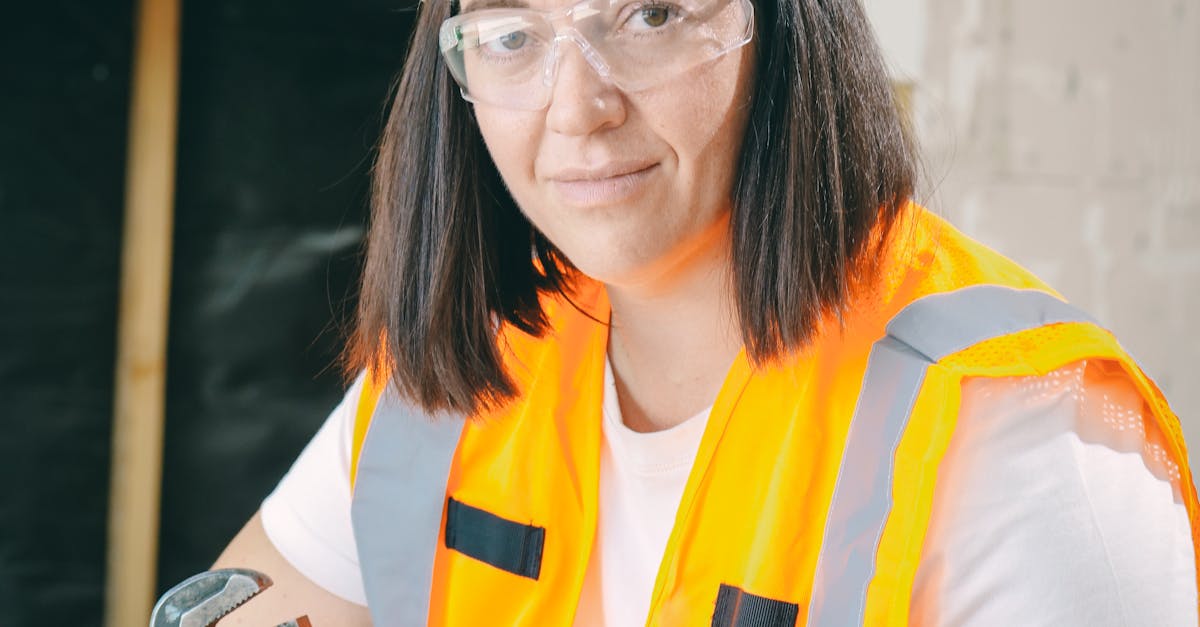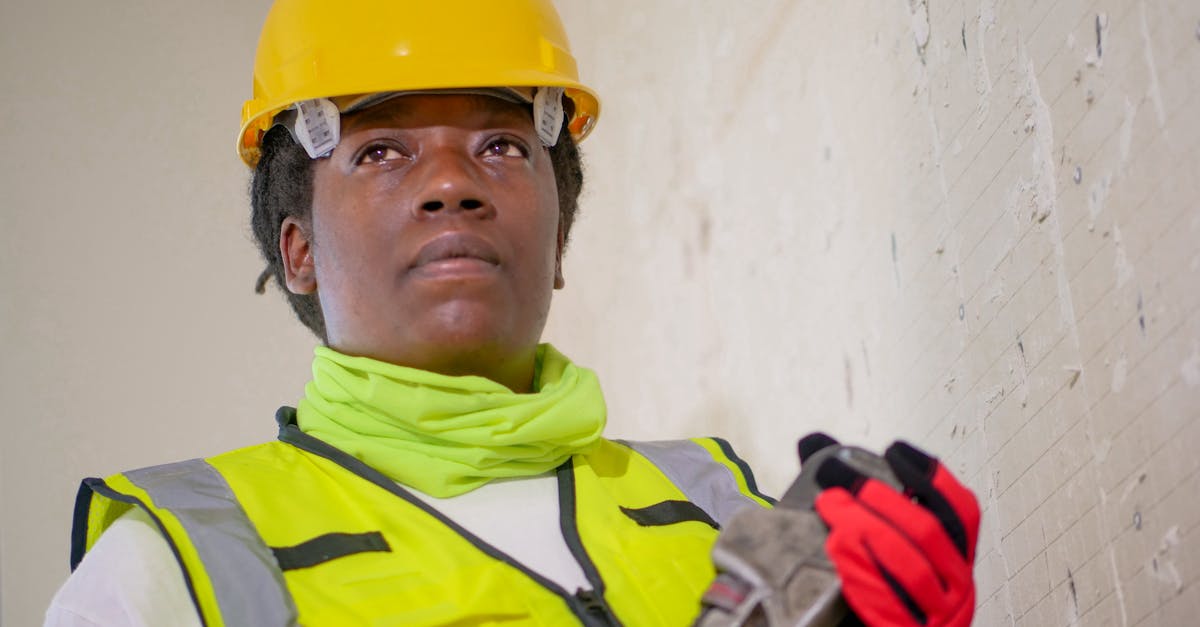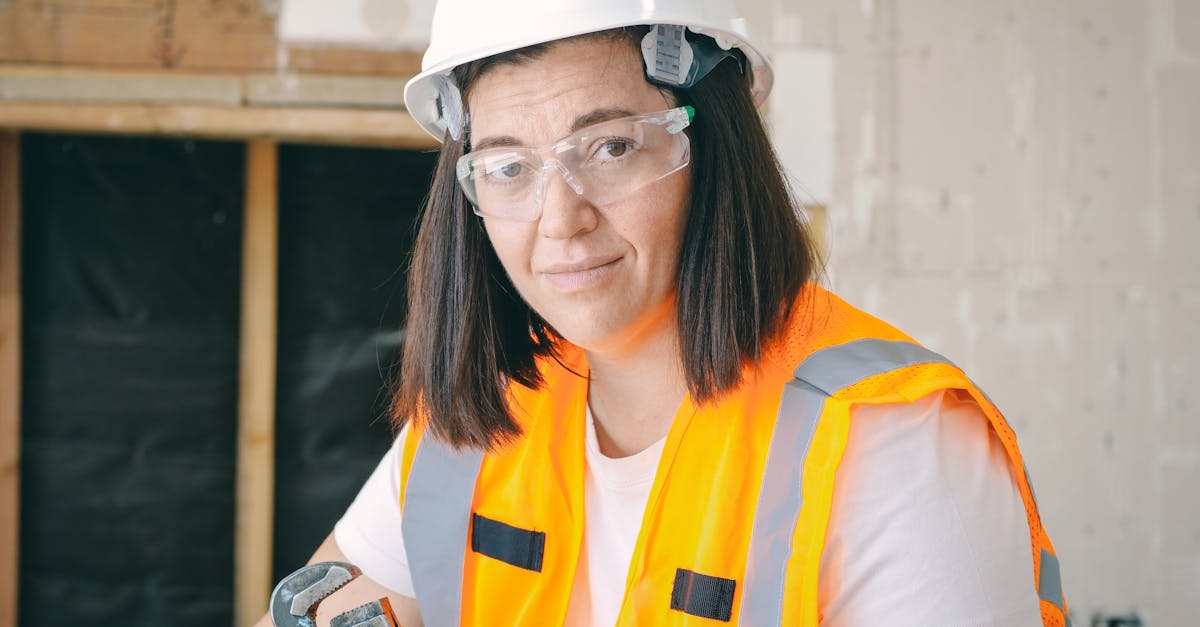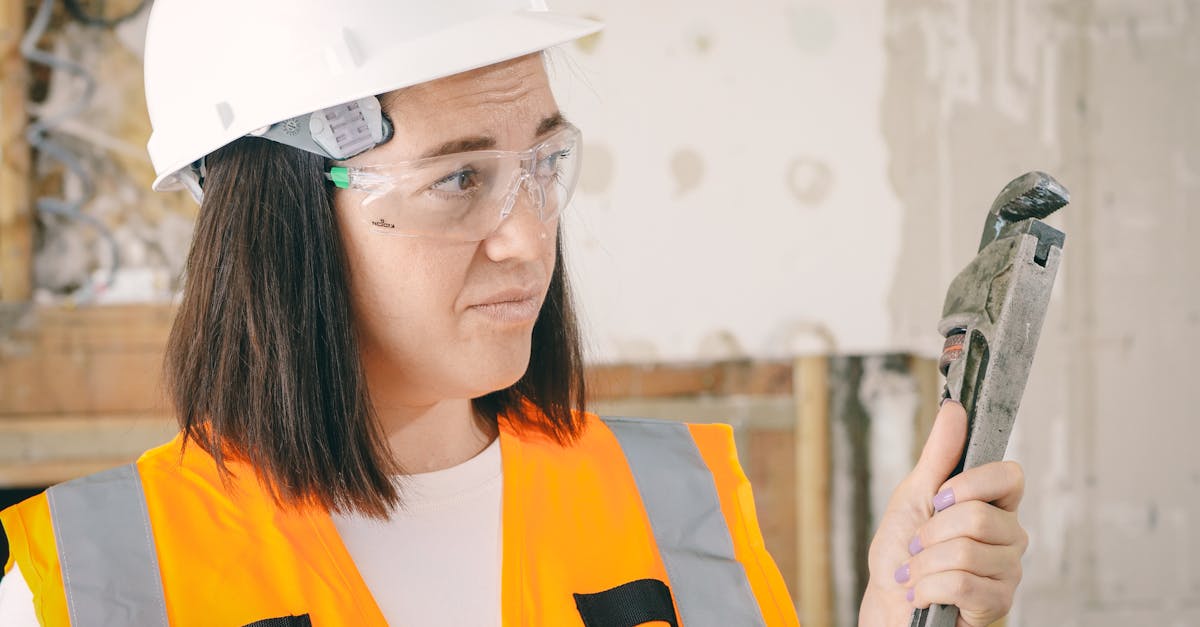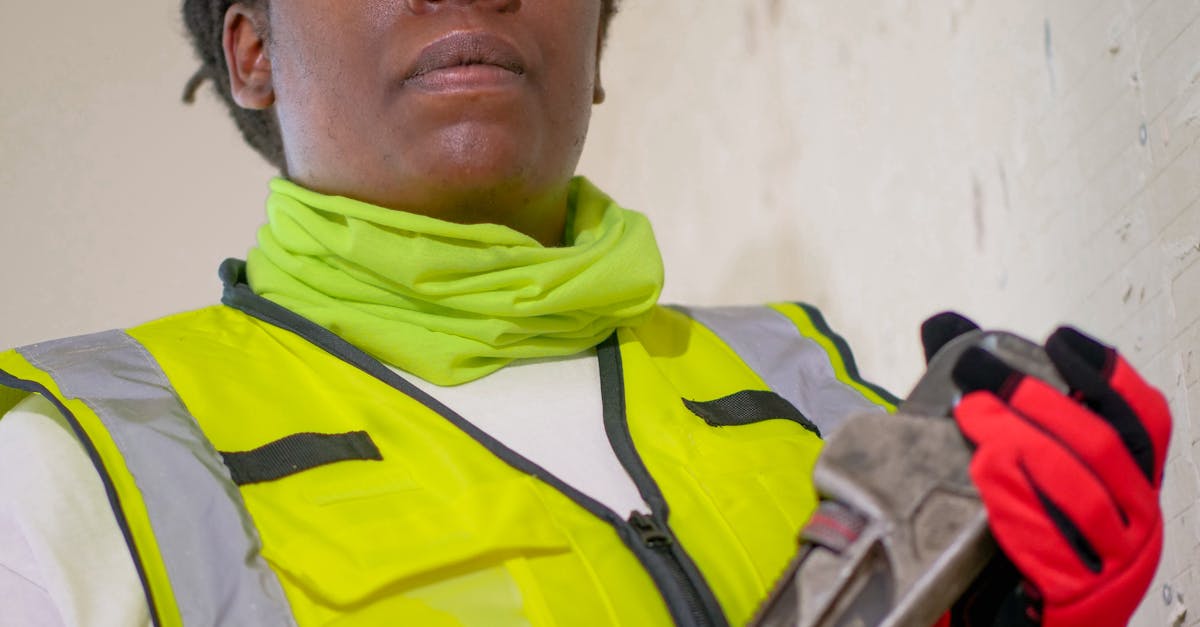
Table Of Contents
Average Lifespan of Different Sink Types
The average lifespan of a sink can vary based on its material and usage. Stainless steel sinks typically last around 15 to 20 years with proper maintenance. They resist rust and corrosion, making them a popular choice in kitchens. Porcelain sinks, while aesthetically pleasing, have a shorter lifespan, usually lasting between 10 to 15 years. Their susceptibility to chipping and cracking can lead to the need for earlier replacement. Composite sinks, made from materials like resin and stone, can last upwards of 25 years, depending on the quality of the product.
When considering sink installation and repair, it is essential to factor in the specific type of sink chosen. A well-maintained sink can extend its life beyond the average expectancy, while poor care may hasten deterioration. Understanding these lifespans can assist homeowners in making informed decisions, whether they seek to replace an old sink or invest in repairs. Furthermore, regular inspections can prevent minor issues from escalating, ensuring optimal functionality throughout the sink’s lifespan.
Comparing Stainless Steel, Porcelain, and Composite
Stainless steel sinks are renowned for their durability and resistance to stains, which makes them a popular choice in many modern kitchens. Their lifespan can typically extend beyond 15 years with proper maintenance. They are easy to clean and versatile, fitting seamlessly with various design aesthetics. However, they can be prone to scratches and dents if not handled carefully. Choosing stainless steel might be ideal for those prioritising functionality and longevity.
Porcelain sinks offer a classic look and can elevate the aesthetic of a space significantly. Although they are prone to chipping and cracking, a well-kept porcelain sink can last 10 to 15 years. Maintenance requires careful cleaning to prevent staining, particularly with darker hues. Composite sinks, made from a blend of materials such as acrylic and resin, provide a balance between durability and appearance. They resist scratching and chipping better than porcelain while offering an array of colours and styles. When considering sink installation and repair, evaluating these materials' pros and cons ensures making an informed decision that meets both functional and design needs.
Professional vs. DIY Sink Replacement
When considering whether to hire a professional or undertake a DIY sink replacement, it’s essential to weigh the pros and cons of each approach. Professional sink installation and repair can provide peace of mind, ensuring that the work is completed to a high standard. Experts are equipped with the necessary tools and experience to tackle potential challenges, such as plumbing adjustments or structural considerations. This expertise can often save time and reduce the likelihood of costly mistakes that might arise from a novice attempt at installation.
On the other hand, many homeowners opt for a DIY approach to save on costs. This method can be particularly appealing if the existing plumbing setup is straightforward and does not require extensive modifications. DIY enthusiasts often find satisfaction in completing home improvement tasks independently, and there are various resources available to guide them through sink installation and repair. However, potential risks include underestimating the complexity of the project, which could lead to further complications and additional expenses down the line.
Evaluating Costs and Time
When considering the costs associated with sink replacement, homeowners should account for various factors such as the type of sink, materials, and labour. Stainless steel sinks tend to be more affordable due to their durability and ease of installation. Porcelain sinks, while aesthetically pleasing, may incur higher costs both in terms of purchase price and installation complexity. Composite sinks strike a balance between cost and style, but variations can arise based on the specific brand and design chosen.
Time is another critical aspect of the replacement process. Simple DIY installations can often be completed within a day, particularly if the plumbing and existing fittings remain intact. However, more intricate sink installations may require professional help, which can extend the timeline. Sink installation and repair services often provide not only expertise but also efficiency, reducing the potential for delays caused by unforeseen issues. Evaluating both time and costs ensures a smoother transition to a new sink, aligning budget constraints with personal preferences.
EcoFriendly Sink Replacement Options
When considering sink replacement, exploring eco-friendly options becomes increasingly important. Many manufacturers now offer sinks made from sustainable materials, such as recycled glass, bamboo, and reclaimed wood. These choices not only contribute to environmental conservation but also provide unique aesthetic features. Using such materials can enhance a home’s design while reducing the carbon footprint associated with production.
Incorporating sustainable practices into sink installation and repair is equally essential. Opting for water-saving fixtures and biodegradable products during installations can lead to reduced water consumption and less environmental impact. Additionally, engaging local professionals who prioritise eco-friendly procedures ensures that the replacement process aligns with sustainable practices, promoting a greener future for plumbing.
Sustainable Materials and Practices
When considering eco-friendly sink replacement options, the choice of materials plays a crucial role. Sustainable practices often involve using recycled or responsibly sourced materials such as bamboo, recycled glass, or composite options that combine recycled content. These materials not only minimise environmental impact but also introduce unique aesthetics to kitchen or bathroom designs. Such selections can enhance the overall appeal while also contributing to a more sustainable lifestyle.
Another significant aspect of sustainable sink replacement is the installation and repair process. Choosing local professionals who utilise environmentally friendly methods and materials in their work can further reduce the carbon footprint associated with sink installation. Homeowners can also adopt DIY techniques using eco-friendly products, helping to ensure that each replacement is both effective and responsible. This approach not only benefits the environment but also promotes a greener mindset in home improvement projects.
FAQS
How often should I replace my kitchen sink?
Generally, kitchen sinks can last anywhere from 15 to 30 years, depending on the material and how well they are maintained. It’s advisable to replace them when you notice significant wear, damage, or changes in functionality.
What factors influence the lifespan of a sink?
The lifespan of a sink can be influenced by its material, usage frequency, maintenance practices, and exposure to harsh chemicals or extreme temperatures.
Are there signs that indicate it's time to replace my sink?
Yes, signs include persistent leaks, cracks or chips, rust or corrosion, and difficulty in cleaning or maintaining the sink. If repairs are becoming frequent, it may be time for a replacement.
Can I replace my sink myself, or should I hire a professional?
While some experienced DIY enthusiasts may successfully replace a sink themselves, hiring a professional is often recommended, especially for complex installations or plumbing work, to ensure proper fitting and avoid potential damage.
What are some eco-friendly options for sink replacements?
Eco-friendly sink replacement options include sinks made from sustainable materials like recycled glass, bamboo, or composite materials. Additionally, consider practices such as reusing existing plumbing fixtures or adopting water-saving technologies.




